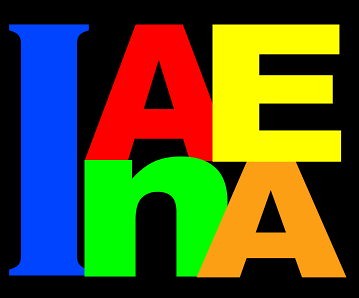Conference: Deschooling Society/ Hayward Gallery & Serpentine Gallery

Deschooling society introduced by Illich (1926-2002) who also taught at the University of Bremen, is a big issue in the current debate on reforming education and changing educational institutions (cp. Graham Attwell’s numerous posts on re-thinking schools and education on Pontydysgu.org). However, as we can see the concept of deschooling is not only discussed by pedagogues or in the framework of hacking and redesigning education, but has also become an issue in the arts, art education and curating:
“This two-day conference brings together international artists, curators, and writers to discuss and debate the changing relationship between art and education. Speakers have been invited to present critical ideas on collective and participatory practice, pedagogical experiments and how such art can be understood and discussed.
Deschooling Society takes its title from Ivan Illich’s seminal 1971 book, one of the most influential radical critiques of the education system in Western countries. Issues at the heart of that critique have been increasingly debated within the art world in recent years, and the subject of education has attracted renewed attention from artists, curators, academics, and collectives. Pedagogical models are currently being explored, re-imagined, and deployed by practitioners from around the world in highly diverse projects comprising laboratories, discursive platforms, temporary schools, participatory workshops, and libraries. Simultaneously, progressive globalization has led to a revaluing of the collective knowledge and agency of local communities.
The conference is a collaborative event marking the start of a Hayward Gallery research project culminating in the transformation of the gallery space into an alternative art school during Summer 2012. It also addresses the urgent issues that have arisen from the Centre for Possible Studies, part of an ongoing Serpentine Gallery project in the Edgware Road neighbourhood, and is the second part of the Serpentine’s collaboration with The Museum of Modern Art, New York, following the conference Transpedagogy: Contemporary Art and the Vehicles of Education at MoMA in May 2009.
Speakers include: Christopher Robbins (keynote), Martha Rosler (keynote), ARTSCHOOL/UK, Lars Bang Larsen, Dave Beech, Claire Bishop, Tania Bruguera, Marcelo Expósito, Harrell Fletcher, Jeanne Van Heeswijk, Pablo Helguera, Hannah Hurtzig, Suzanne Lacy, Pedro Lasch, Carmen Moersch, Nils Norman, Hans Ulrich Obrist, Paul O’Neill, Marion von Osten, Adrian Rifkin, Irit Rogoff, Ralph Rugoff, Terry Smith, Lisa Tickner, Gediminas Urbonas, Mick Wilson.
Panel session topics include:
– From Discursive Practices to the Pedagogical Turn
– Insertions, Alterations, and Rearrangements within Existing Institutional Frameworks
– Protest in Art School: Rituals of Power and Rebellion Since the Sixties
– Performative and Participatory Models for Exchange
– Presentations of artists projects and alternative art schools”
Click here for further information and check Hayward Gallery and Serpentine Gallery here.
text via e-flux, photo via www.southbankcentre.co.uk










